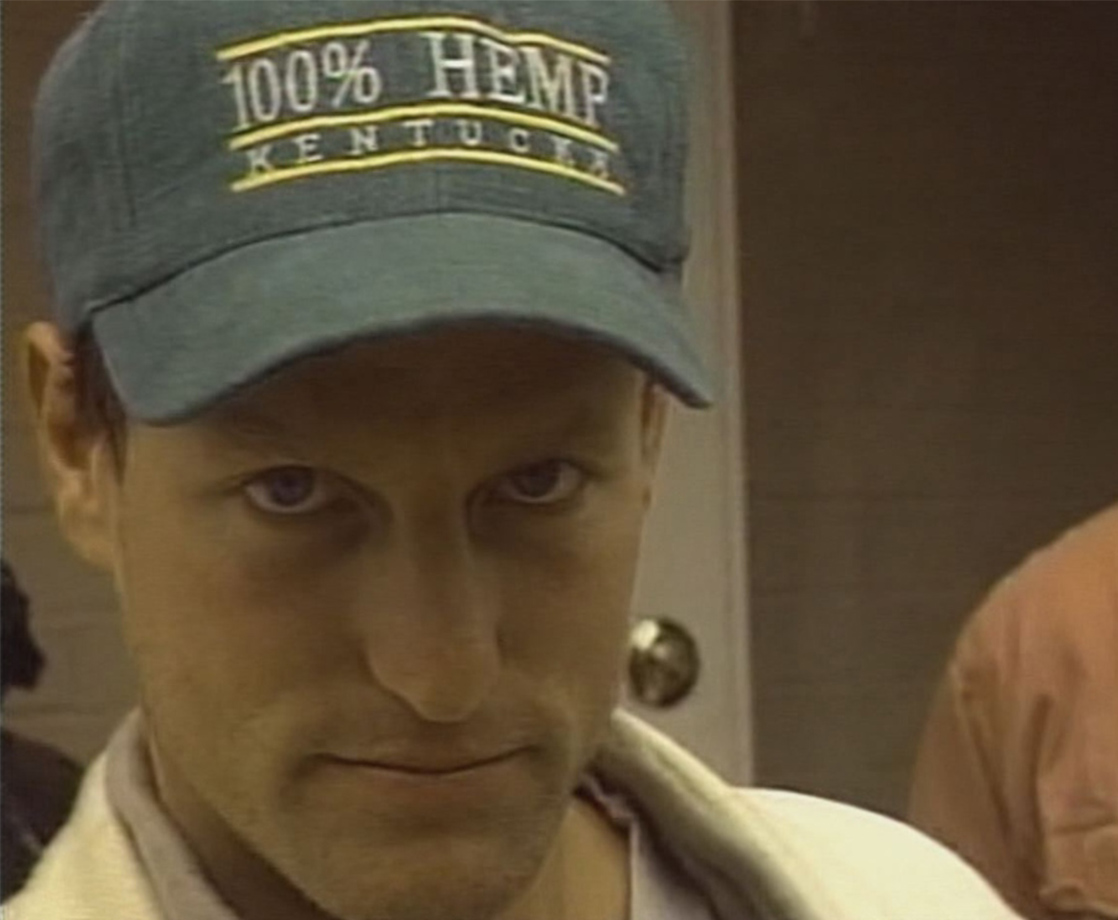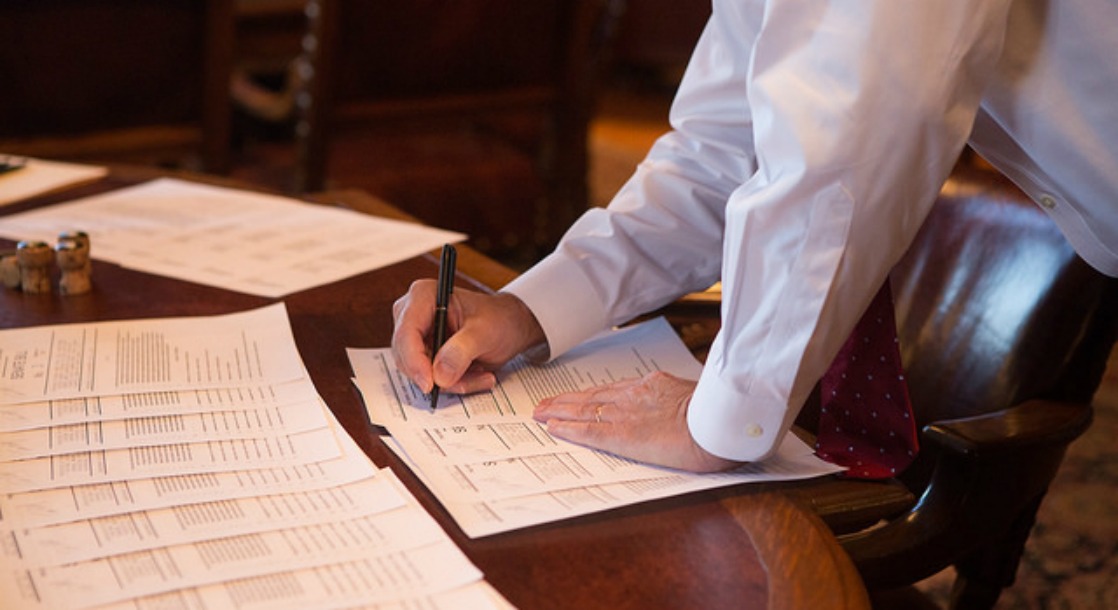New York City cops have been known to go to some unusual lengths to catch a suspect, but using a photo of Woody Harrelson to catch a beer thief might take the cake.
According to a new report from Georgetown University’s Center on Privacy and Technology (CPT), the New York Police Department (NYPD) ran a photo of the Cheers and True Detective actor through their controversial new facial recognition software to help identify a possible petty larceny suspect.
The case in question began in April of 2017, when an unknown suspect stole beer from a CVS. The surveillance photos from the crime scene were too grainy to use with the department’s facial recognition system, but because the shoplifter supposedly resembled Harrelson, cops used a picture of the actor instead. The celebrity photo registered a number of matches in the criminal database, one of whom was eventually arrested for the beer theft.
In the new report, titled Garbage In, Garbage Out, Georgetown researcher Clare Garvie explains that “there are no rules when it comes to what images police can submit to face recognition algorithms to generate investigative leads. As a consequence, agencies across the country can — and do — submit all manner of “probe photos,” photos of unknown individuals submitted for search against a police or driver license database. These images may be low-quality surveillance camera stills, social media photos with filters, and scanned photo album pictures.”
Harrelson is not the only celebrity whose picture has made its way into the NYPD’s facial recognition program. The CPT reports that cops also used a photo of a New York Knicks basketball player to help identify a similar-looking suspect wanted for assault.
Police have also reportedly been using image editing tools to alter mugshots and other photos before using them with the software, a practice Garvie likens to “the fabrication of facial identity points: at best an attempt to create information that isn’t there in the first place and at worst introducing evidence that matches someone other than the person being searched for.”
“The stakes are too high in criminal investigations to rely on unreliable — or wrong — inputs,” Garvie wrote. “It is one thing for a company to build a face recognition system designed to help individuals find their celebrity doppelgänger or painting lookalike for entertainment purposes. It’s quite another to use these techniques to identify criminal suspects, who may be deprived of their liberty and ultimately prosecuted based on the match.”
Like most police departments, the NYPD is not supposed to accept the results of facial recognition as proof of positive identification. Regardless, the report notes many occasions in which innocent individuals have been brought in for a criminal line-up, had their houses raided, or even been arrested solely because their face happened to be similar to that of a criminal.
“As the technology behind these face recognition systems continues to improve, it is natural to assume that the investigative leads become more accurate,” the report concludes. “Yet without rules governing what can — and cannot — be submitted as a probe photo, this is far from a guarantee. Garbage in will still lead to garbage out.”



![Snoop Dogg Plays Madden 20 with his Homies in the GGL VI Championship [Part 3]](https://merryjane.com/wp-content/uploads/2024/04/1575579925505_ScreenShot2019-12-05at1.05.07PM.png)







